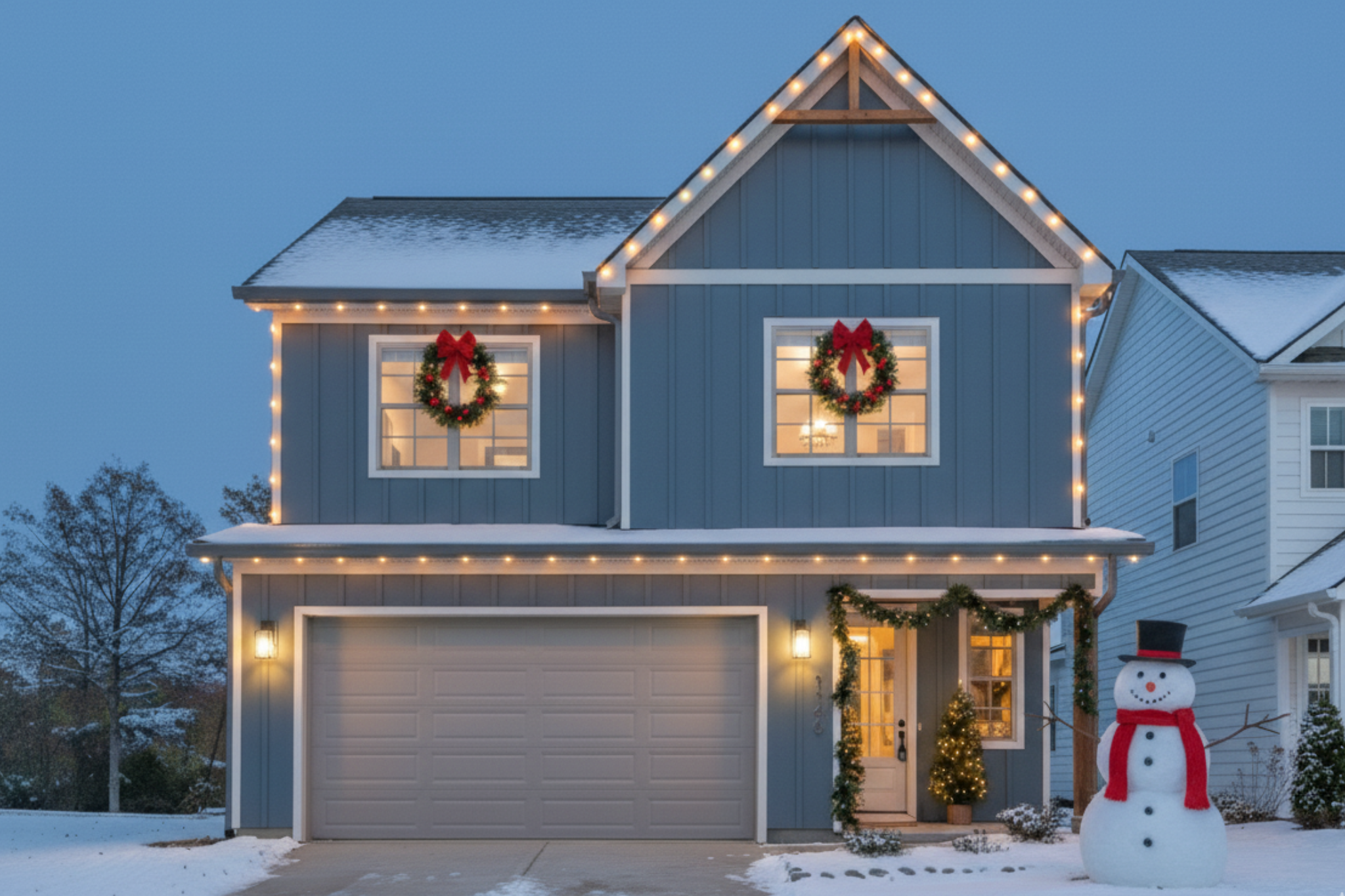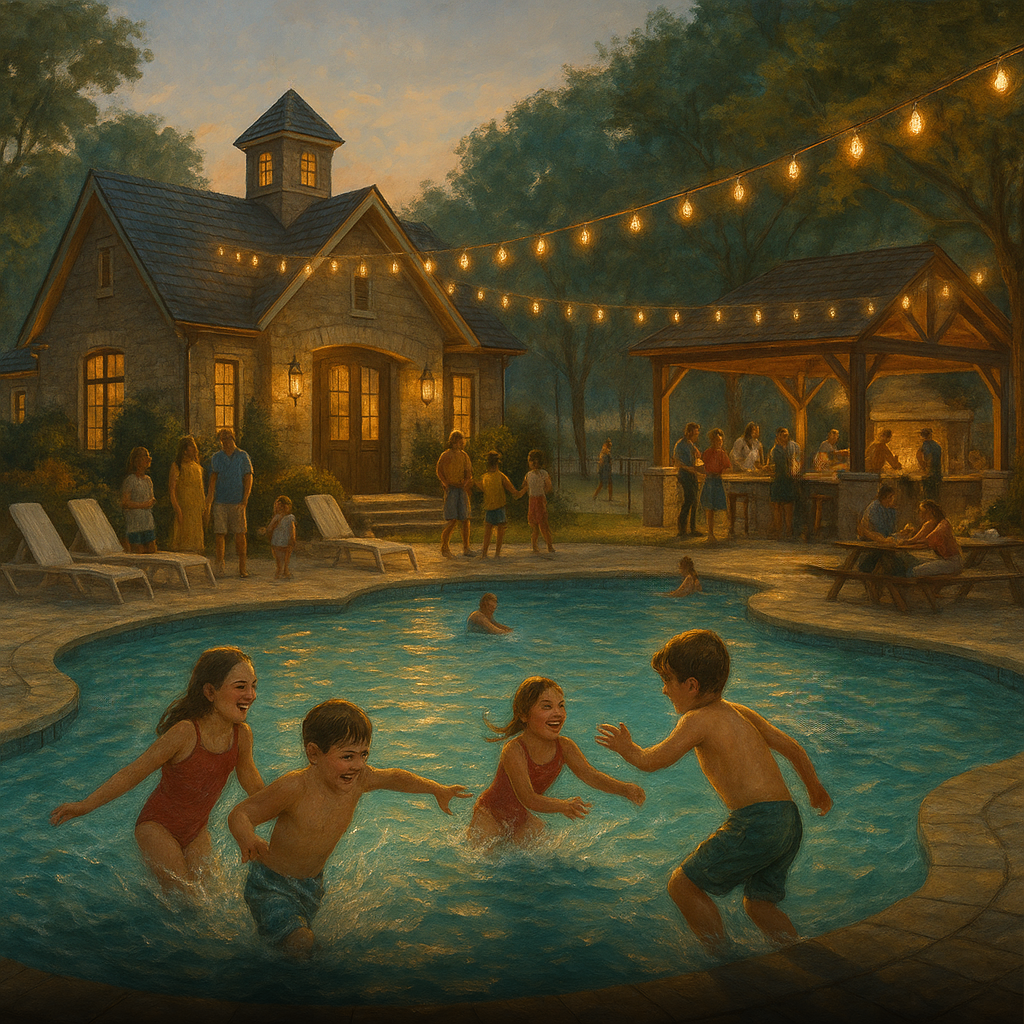
Resurgence of Traditional Neighborhood Design: A Path to Better Living
The concept of Traditional Neighborhood Design (TND) is experiencing a resurgence as communities and developers increasingly recognize the value of blending the best of past suburban planning principles with modern living standards. TND, characterized by walkable neighborhoods, mixed-use spaces, and a strong sense of community, offers several compelling benefits that address contemporary suburban challenges and enhance the quality of life.
THE APPEAL OF TRADITIONAL NEIGHBORHOOD DESIGN

TND is rooted in the design principles of early 20th-century villages, emphasizing compact, pedestrian-friendly neighborhoods with a mix of residential, commercial, and public spaces. This approach contrasts sharply with the sprawling, car-dependent suburban developments that have dominated much of recent suburban planning. Key features of TND include narrow streets, front porches, alley-accessed garages, and centrally located parks and public spaces.
- Walkability and Safety
- One of the primary benefits of TND is its focus on walkability. Narrow streets and pedestrian pathways encourage residents to walk or bike, reducing reliance on automobiles. This not only promotes a healthier lifestyle but also enhances safety by reducing traffic speeds and accidents. Well-designed narrow streets, as seen in many TND communities, create a visually appealing and safer environment for both pedestrians and drivers.
- Sense of Community
- TND fosters a strong sense of community through its design. front porches and public spaces facilitate social interactions among neighbors, creating a vibrant, close-knit community atmosphere. Residents are more likely to know their neighbors, engage in community activities, and feel a sense of belonging. This social cohesions can significantly enhance mental wellness and overall happiness.
- Economic and Environmental Benefits
- TND can also provide economic and environmental advantages. Walkable communities tend to have higher property values due to their desirability. Moreover, the reduced dependence on cars leads to lower carbon emissions, contributing to environmental sustainability. Green spaces and parks integrated within TND designs further enhance the environmental appeal by providing natural areas for recreation and relaxation.
THE FUTURE OF TND

The future of TND looks promising as suburban planners and developers continue to adopt its principles to meet modern demands. While the core elements of TND—such as walkability, mixed-use spaces, and community engagement—remain intact, there is a growing emphasis on incorporating contemporary amenities and technologies. This includes integrating renewable energy sources, smart home technologies, and sustainable building materials to create more resilient and future-proof communities.
Additionally, TND principles are being adapted to various scales and contexts, from small-town developments to larger suburban infill projects. This adaptability ensures that TND can address diverse housing needs, including affordable housing options and multi-generational living arrangements. As communities seek to balance growth with quality of life, TND provides a blueprint for creating livable, sustainable, and socially connected neighborhoods.
Conclusion
The resurgence of Traditional Neighborhood Design reflects a broader shift toward more thoughtful and sustainable suburban development. By prioritizing walkability, community engagement, and environmental sustainability, TND offers a compelling vision for the future of housing and suburban planning. As more communities embrace these principles, the benefits of TND—ranging from enhanced mental wellness to economic vitality—will continue to shape better living environments for residents.
For further reading, you can explore the detailed studies and examples of TND's impact and future prospects on platforms like UCUR and Fieldguided.






